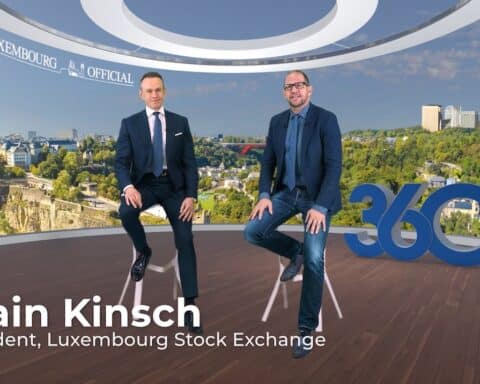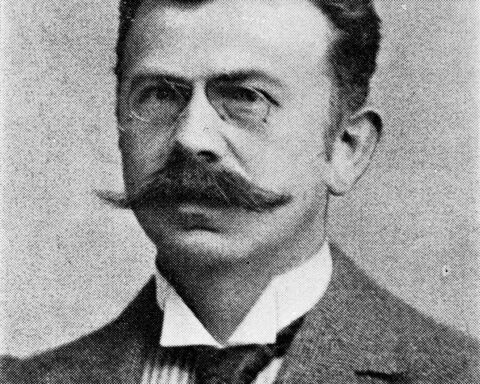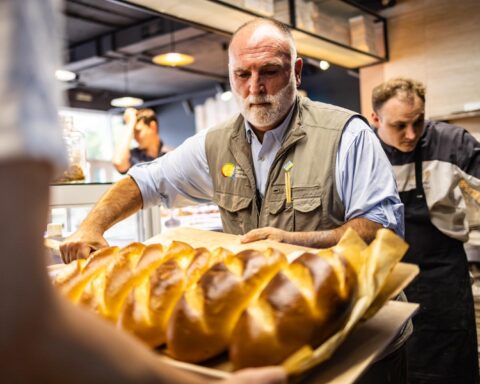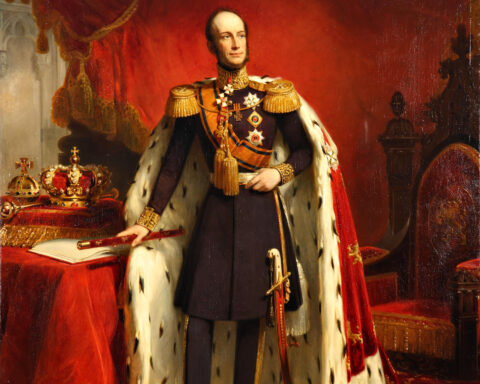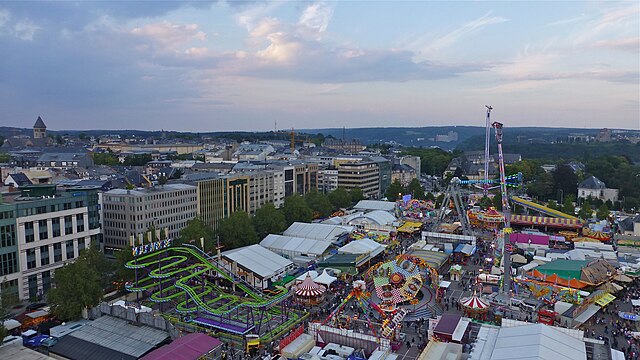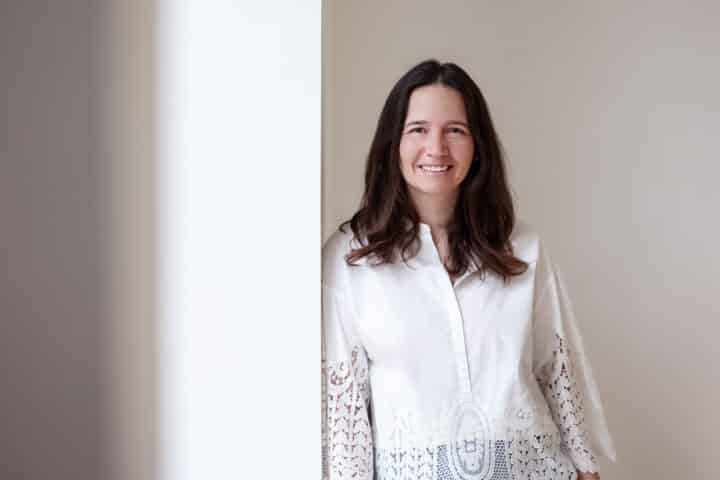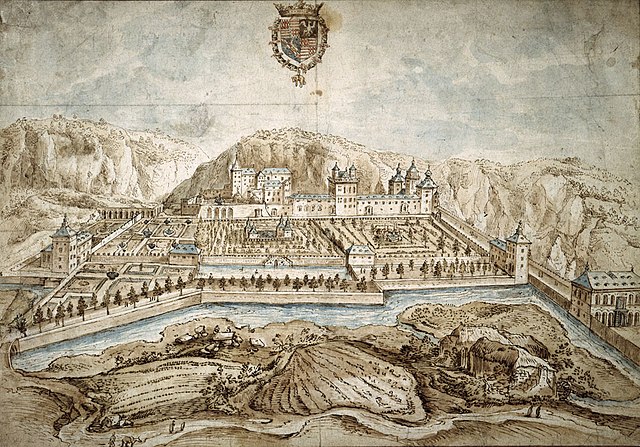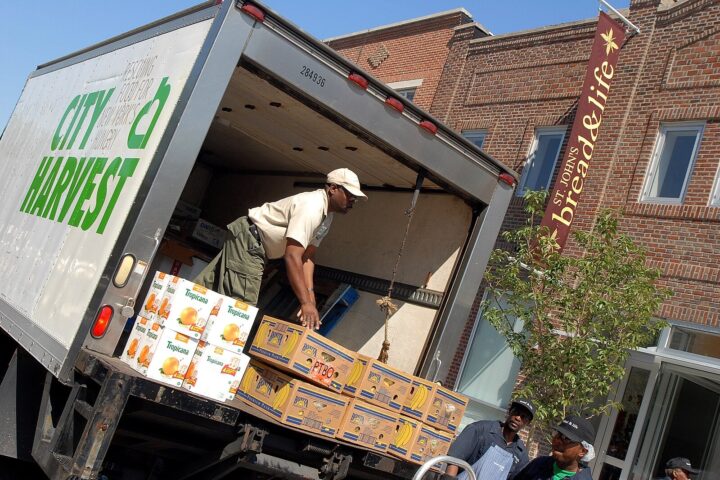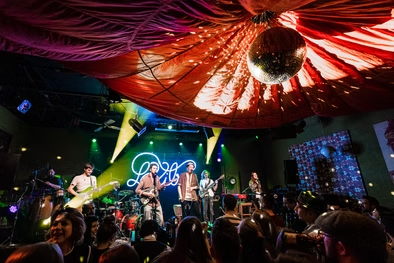Founded in 1340 by John I of Luxembourg, the Schueberfouer began as a major medieval market. Over time, it evolved into a large annual funfair held in Luxembourg City, blending historical tradition with contemporary amusement culture while retaining strong civic identity.
Medieval Origins and Founding
The Schueberfouer was established in 1340 by John I of Luxembourg, also known as John the Blind, who was simultaneously King of Bohemia. By decree, he authorised a public eight-day market to open each year on the eve of Saint Bartholomew (24 August), offering merchants a protected space to trade goods. The fair’s name likely comes from the ancient Plateau du Saint‑Esprit, then referred to as “Schadebourg”, although some scholars argue it derives from Schober, meaning “stack”, due to its link to harvest time. In its early form, the fair featured extensive commercial activity involving textiles, agricultural tools, livestock, and foodstuffs. It was not only a regional hub for economic exchange but also a vital institution in the social calendar of Luxembourg’s citizens. The site, located inside the city walls, reinforced the fair’s integration into urban life. As the fair grew, it attracted participants from beyond Luxembourg’s borders, reflecting its status as a respected event in the regional economy. Local authorities maintained strict rules on trade to ensure quality and order, contributing to its longevity.
Transition to Entertainment and Modern Format
By the end of the 18th century, particularly after the French Revolution, the Schueberfouer began shifting from a purely commercial marketplace to a more entertainment-oriented fair. Social changes and evolving public tastes led to a gradual inclusion of music, games, and travelling performers. By the 19th century, amusements such as carousels, shooting galleries, and later mechanical rides became part of the programme. The relocation of the fair to the Glacis field allowed for expansion and improved access, while maintaining its late-August scheduling near the feast of Saint Bartholomew. Today, the Schueberfouer spans three weeks and features over 200 stalls, including roller coasters, Ferris wheels, food stands, and traditional crafts. Its character blends nostalgic elements—such as roasted nuts and gingerbread hearts—with modern attractions appealing to all ages. The event is both a reflection of Luxembourg’s evolving leisure habits and a carefully preserved ritual that links generations through shared experiences. Municipal authorities continue to regulate safety and uphold historical continuity in layout and atmosphere.
“The Schueberfouer was founded in 1340 by John I of Luxembourg (known as John the Blind)”
Cultural Significance and Current Impact
The Schueberfouer remains Luxembourg’s largest public festival and holds an established role in national identity. With nearly 2 million visitors annually, it surpasses other events in scale and public participation. It also contributes to the local economy through tourism, hospitality, and artisanal sales. The fair’s opening by the mayor of Luxembourg City is a ceremonial moment broadcast on national media, symbolising civic unity. For many residents, the fair marks the end of summer holidays and the start of the new season. While funfairs are common across Europe, the Schueberfouer’s historical continuity, dating back nearly 700 years, distinguishes it within the region. As a living tradition, it showcases the ability of civic events to adapt while preserving their core identity, merging medieval origins with urban festivity.

